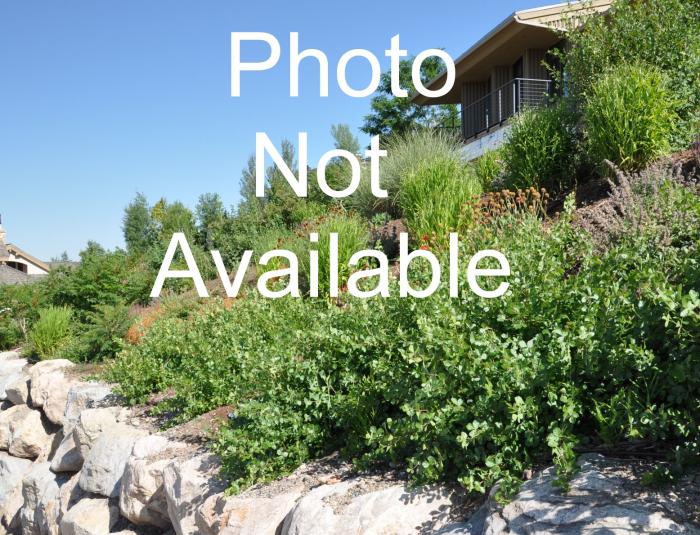| Botanical Name: Daphne cneorum | |
| Common Name: Rose Daphne |

-
Anatomy
-
Culture
-
Design
Plant Type
Broadleaf Evergreen, Shrub, Ground cover
Height Range
Under 1'
Flower Color
Pink
Flower Season
Spring
Leaf Color
Dark Green, Grey Green
Bark Color
Brown
Fruit Color
n/a
Fruit Season
n/a
Sun
Full, Half
Water
Medium, High
Growth Rate
Moderate, Slow
Soil Type
Clay, Loam
Soil Condition
Average, Rich, Poor, Well-drained
Soil pH
Acid, Neutral
Adverse Factors
n/a
Design Styles
English Cottage, Formal, Japanese, Woodland
Accenting Features
Fragrance, Showy Flowers
Seasonal Interest
Winter, Spring
Location Uses
Entry, Shrub Border, Foundation, Patio, With Rocks
Special Uses
Small Spaces
Attracts Wildlife
n/a
Information by: Stephanie Duer
Photographer: LInda Engstrom, JJ Neilso
Photographer: LInda Engstrom, JJ Neilso
-
Description
-
Notes
Rose daphne is a slow-growing, mounding, broad-leafed evergreen shrub that reaches about 12 or so inches tall and 12 to 24 inches wide. It has a prostrate habit and is well suited to a rock garden setting. It has oblong leaves that are generally a dark green color, and bright pink, fragrant flowers that bloom in April. There are a number of cultivars selected for variations in flower color, leave variegation, and size.
Best grown in rich, sandy-loam, well-drained soils with a neutral pH in part shade. Consider raised plantings in areas of heavy clay soils to insure good drainage. Benefits from a summer mulch or ground cover which will help keep roots cool (sweet woodruff or ajuga are particularly nice). Best sited in a location protected from winter winds. Daphnes are often slow to establish and are best left undisturbed once planted. Do not shear, but prune selectively if necessary (see Guides). Non-variegated forms tolerate more sun. All parts of the plant are poisonous.